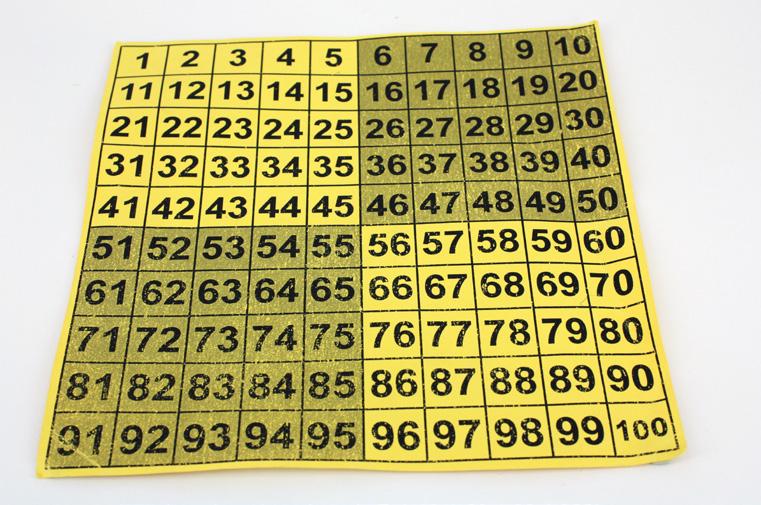Diagnostic questions
- Create a continuum on a piece of paper, with a negative face at one end, a positive face at the other, and a neutral face in the centre.
Ask the student to move a counter along the continuum to show how they feel when they:
a. are doing a basic facts test
b. have to use basic facts to solve a problem
c. have to learn a new set of basic facts. - Ask the student how they feel when they have to recall a basic fact quickly.
- Ask the student what techniques are useful for learning new facts.
- Ask the student which basic fact sets they have learned this year.
What to notice in the student’s response
Does the student indicate any negative feelings towards learning or using basic facts?
Is the student familiar with techniques that they can use to learn basic facts?
Deliberate acts of teaching
Materials
- Array game (Number and Algebra, level 3)
Needing to memorise a large amount of information can be daunting. Seeing a task broken down into more manageable chunks can help to restore the student’s confidence.
Building up basic facts
With the student, create a poster showing the sets of basic facts that they need to master. Make sure that the sets are manageable, for example, the poster might include: all the square numbers in the times tables; the 3 times table; doubles to 30; halves involving odd numbers.
Let the student decide which basic fact set on the poster they would like to work on. The set can be as small or as large as the student feels comfortable with. Allow the student to establish a reasonable time target for learning the set.
Make a flow chart to illustrate the following process of learning a set of basic facts:
- Learn a new group of facts – understand what the facts have in common and find patterns within the group.
- Practise the new group of facts – move from working out the answer to having the answer come to mind automatically.
- Use the new facts to solve problems – solve simple problems using basic facts.
- Quiz me! – attempt a basic fact quiz.
After the student has mastered each set, highlight it on the poster.
What to do next if the student is stuck
Concentrate on exploring patterns within the set. Break the set into two parts and work on one half at a time. Celebrate any achievements.
Initiating home-based activities
Direct parents to the Number Facts Activities for Advanced Additive Children page.
Next teaching steps back in the classroom
Ensure that the problems that the student is working on align well with the basic facts set they are trying to master.

.jpg)
